Here’s a little inspiration and my answer to why we stay out late in the cold and the dark.
On Photographing the Milky Way on Vimeo.
I was recently reminded of my first really successful attempt to photograph the Milky Way. I remember making that photo very clearly. Or rather, I remember not wanting to make it at all.
It was 2 AM and freezing cold both inside and outside our tent in Joshua Tree National Park, California. My cellphone made a whole bunch of racket as the alarm went off to remind me that it was time to try and shoot photos. I instantly snoozed the thing. Next to me, in what seemed like only five seconds later, my girlfriend was already putting on her shoes and jacket, getting ready to go out into the brisk air. She shook me and reminded me about this being my only chance this month or something and I wanted to hear none of it and instead remain in the comfort of my nearly warm sleeping bag.
I almost didn’t get up. I remember feeling grumpy at nothing in particular for being forced awake from the comfort of my slumber. But (no doubt with the encouragement of my girlfriend) we both entered the cold blackness of the early morning to try our hands at something called astrophotography. It was a new moon so there would be no natural light to guide us other than the faint twinkle of the stars. It was also the first time either of us had been to Joshua Tree National Park.
By most measures of reason, entering an unfamiliar place when it’s pitch black and freezing cold is usually discouraged. I remember feeling the cold aluminum of the tripod suck out what heat remained in my hands as I fumbled to deploy each of the legs. The cold contracted the metallic joints binding their movement, making it that much harder to to get the thing set up. I remember cursing the engineers of the tripod for not making their thermal expansion and contraction calcs, a practice I was all too familiar with from my job as a structural engineer for a small aerospace company. Then I cursed myself for not bringing any gloves.
With the tripod finally deployed, we mounted the camera and turned it on. I programmed some settings that I had memorized: smallest f/number, longest shutter speed, ISO 1600, infinity focus.
I hadn’t been too successful in the past with my attempts at shooting the stars, I was usually using a lens that was too slow or failed to set my ISO high enough because I was afraid of too much noise but mostly because I was too lazy be out in the dark. This time, I had the right recipe.
I didn’t know where to look for the Milky Way. We could see some haziness in the stars that we thought must be the galaxy and so we pointed the camera up and pressed the shutter. And there it was.
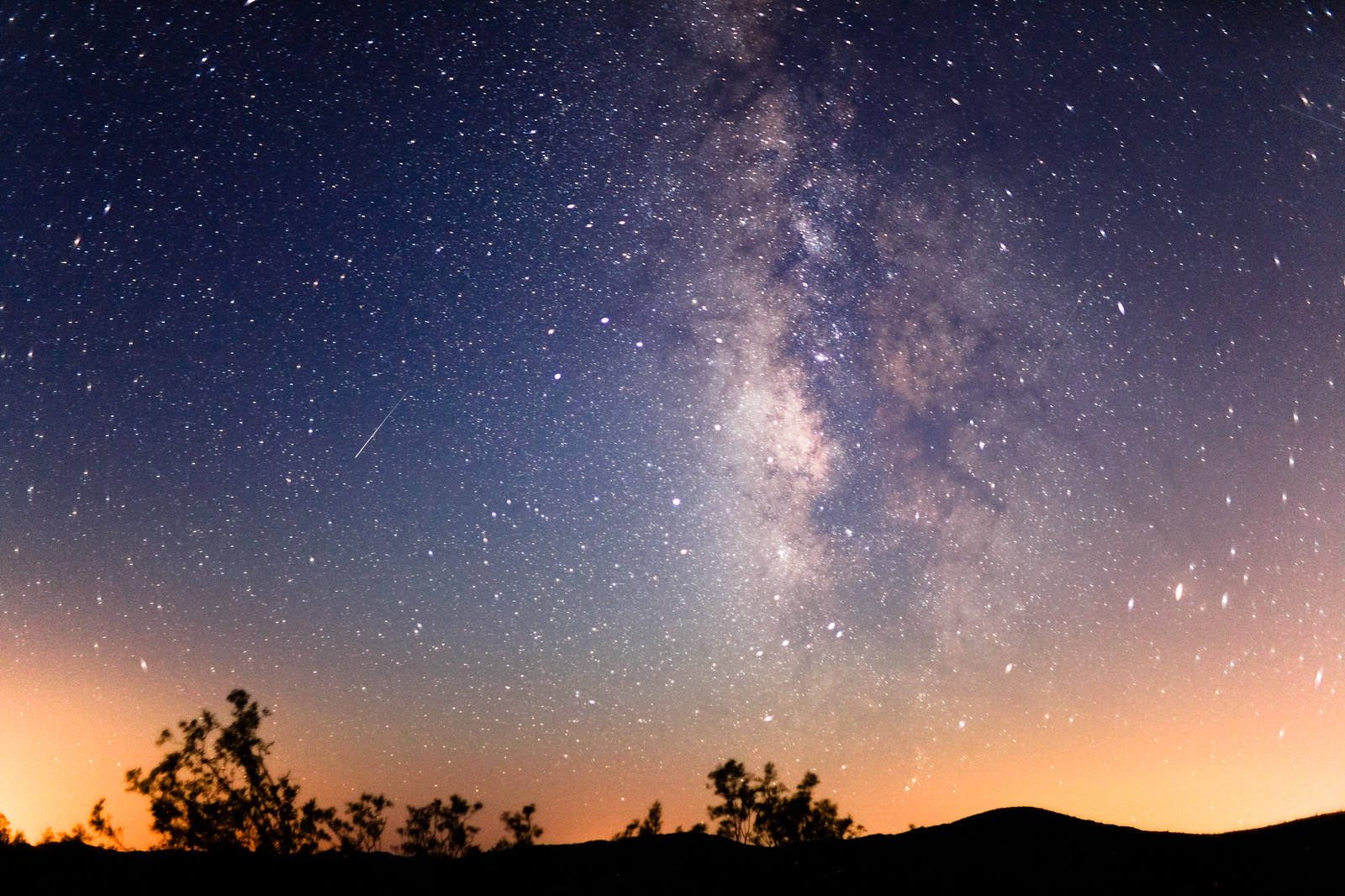
The center of our galaxy of 300 billion stars, tilted sideways. Or maybe it’s the Earth that’s tilted sideways.
Looking back up at it from the LCD is where it’s finally put into perspective. The Milky Way is huge. Just the galactic center is absolutely tremendous, and the whole galaxy extends all the way across the sky from horizon to horizon.
It’s that moment that I love the most about photographing the Milky Way. Just seeing it with your naked eyes is usually not quite enough. Even after you’ve spent several hours in the dark and your eyes have fully adjusted to the night, you still can’t quite make out the shape of the galaxy. But when you get to see it in its bright and beautiful glory on the camera screen and then look back at that hazy cloud of stars you were just staring at, you can decipher its shape. That’s the moment you realize you’re standing on a small planet, tumbling head over heels through space.
Little did I know then that less than a year later I would leave my job to start Lonely Speck and concentrate on photography full time. And only a year after that Diana would leave her job too so that we could both be fully committed to exploring our precious planet together and sharing those experiences with others.
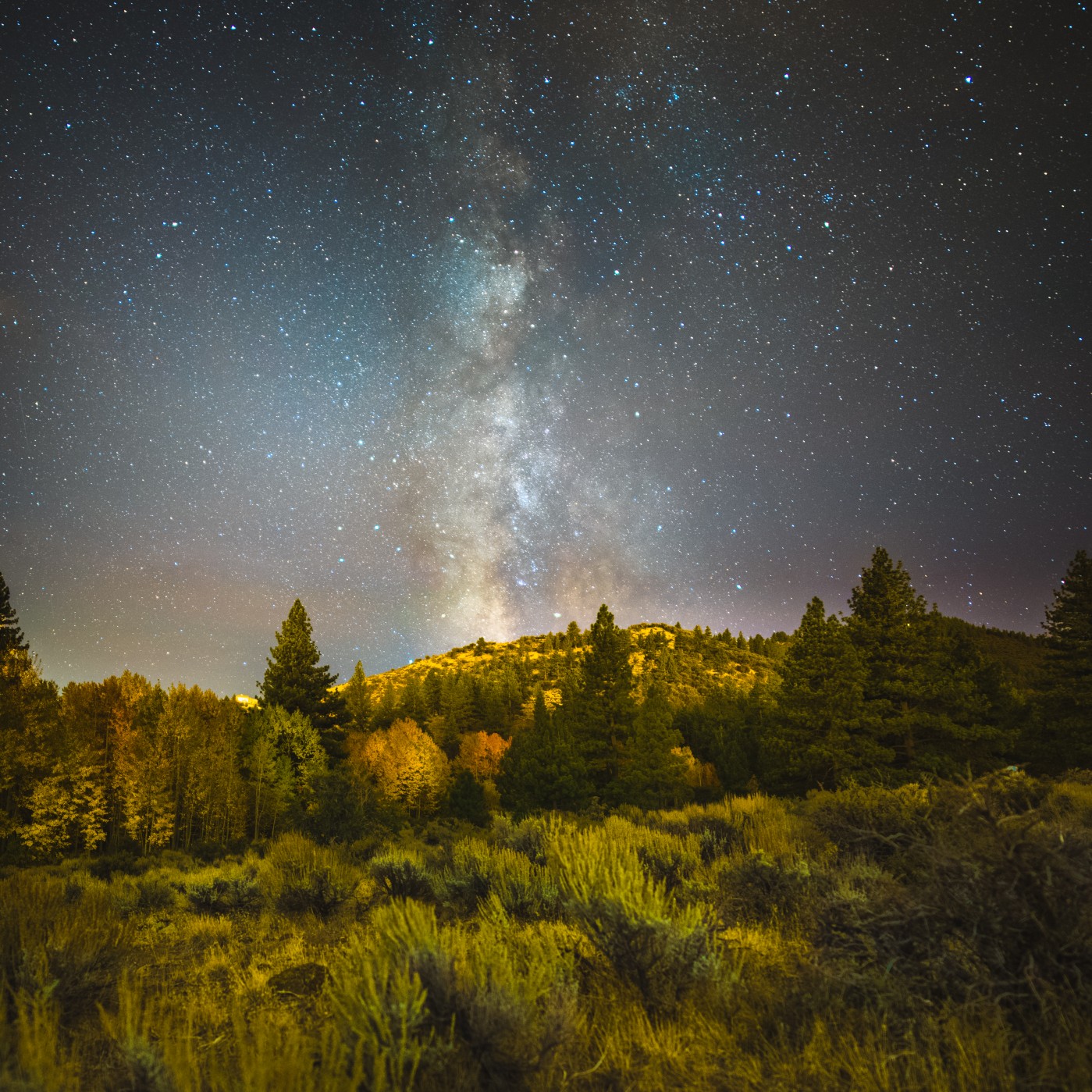
Astrophotography has helped me develop a new understanding and appreciation for the Earth. Carl Sagan sums it up more eloquently than anyone else I know of in his Pale Blue Dot: A Vision of the Human Future in Space.
In it he says, “Our planet is a lonely speck in the great enveloping cosmic dark. In our obscurity, in all this vastness, there is no hint that help will come from elsewhere to save us from ourselves. The Earth is the only world known so far to harbor life. There is nowhere else, at least in the near future, to which our species could migrate. Visit, yes. Settle, not yet. Like it or not, for the moment the Earth is where we make our stand. It has been said that astronomy is a humbling and character-building experience… To me, it underscores our responsibility to deal more kindly with one another, and to preserve and cherish the pale blue dot, the only home we’ve ever known.”
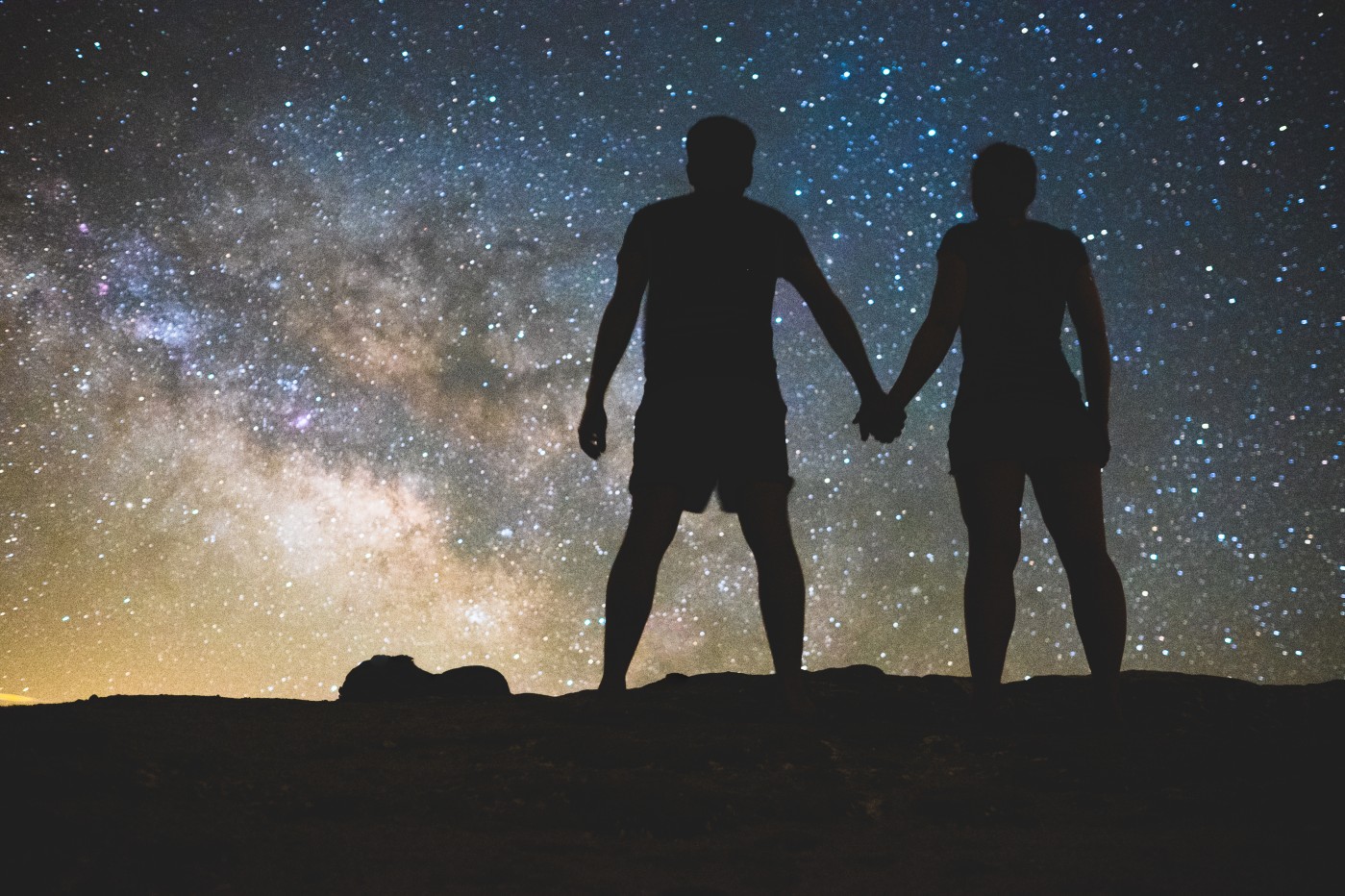
About the Video
Video and Photography by Ian Norman and Diana Southern
Music Coach and His Team on Cinematic Volume 5 Drama Soundtracks by Grégoire Lourme
Shot on location in Reno, Nevada with the Sony a7S mounted with the Voigtlander 40mm f/1.4 Nokton via the Voigtlander VM-E Adapter
Shot in Sony SLog2 and Graded in Final Cut Pro X with LUT Utility
Graded with the Film-Like1 LUT from Alister Chapman
Night video shots were made at f/1.4 and ISO 51,200 at 24 frames per second.
Motion Control with the Dynamic Perception Stage One Slider and Stage R
Timelapse footage and stills made with the following equipment:
Cameras
Sony a7S
Canon EOS 6D
Fujifilm X-T1
Lenses
Rokinon 24mm f/1.4
Rokinon 14mm f/2.8
Rokinon 8mm f/2.8 II
Fujinon XF 23mm f/1.4 R
Disclosure
We are a participant in the Amazon Services LLC Associates Program, an affiliate advertising program designed to provide a means for us to earn fees by linking to Amazon.com and affiliated sites. We are also a participant in the B&H Affiliate Program which also allows us to earn fees by linking to bhphotovideo.com.
Learn Astrophotography
Astrophotography 101 is completely free for everyone. All of the lessons are available on the Lonely Speck Astrophotography 101 page for you to access at any time. Enter your email and whenever we post a new lesson you’ll receive it in your inbox. We won’t spam you and your email will stay secure. Furthermore, updates will be sent out only periodically, usually less than once per week.
Help us help you!
Believe it or not, Lonely Speck is my full-time job. It’s been an amazing experience for us to see a community develop around learning astrophotography and we’re so happy to be a small part of it. I have learned that amazing things happen when you ask for help so remember that we are always here for you. If you have any questions about photography or just want to share a story, contact us! If you find the articles here helpful, consider helping us out with a donation.
[button font_size=”16″ color=”#136e9f” text_color=”#ffffff” url=”https://www.paypal.com/cgi-bin/webscr?cmd=_donations&business=lonelyspeckblog%40gmail.com&item_name=These+tips+help+keep+lonelyspeck.com+running.¤cy_code=USD&source=url” target=”_blank”]Donate[/button]
Thanks so much for being a part of our astrophotography adventure.
-Ian
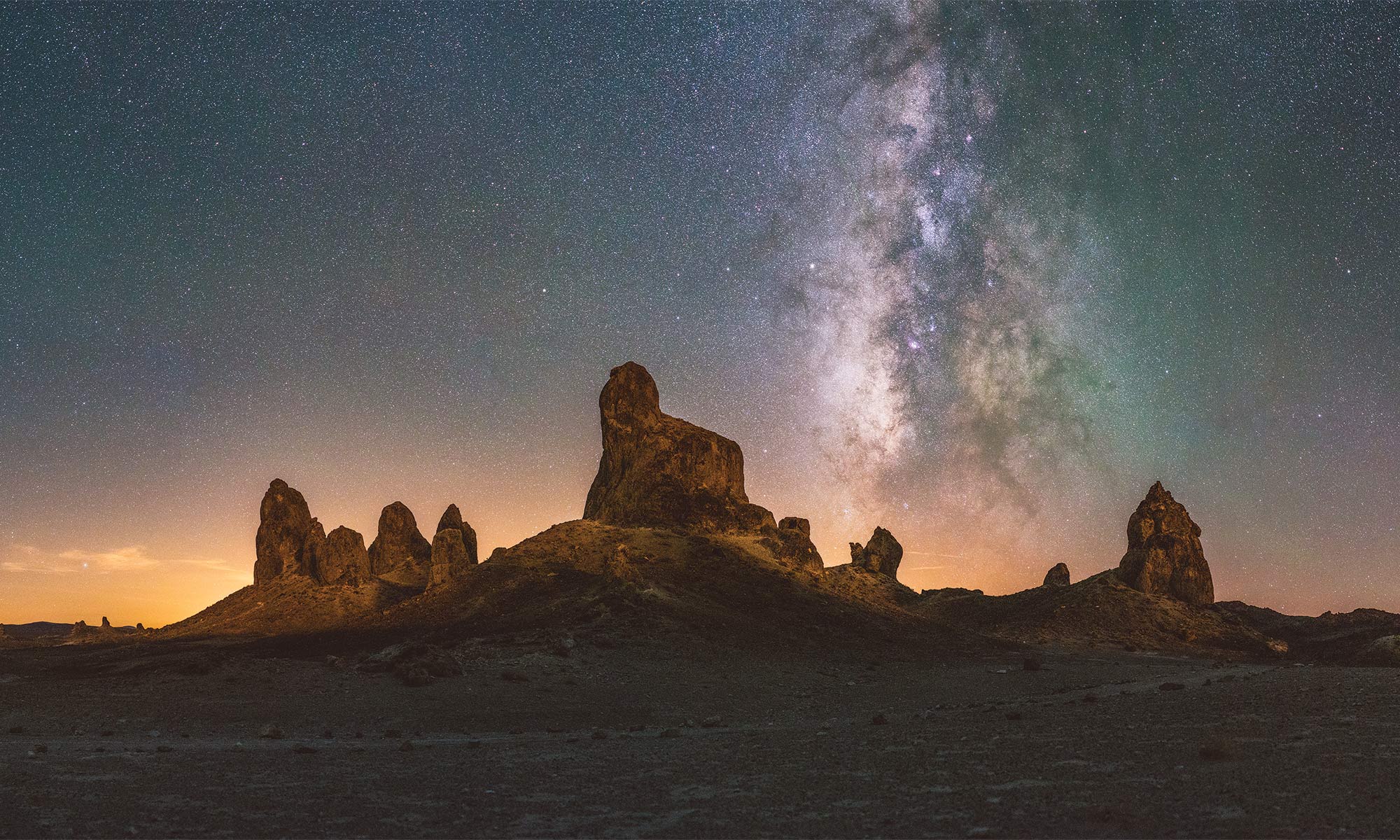
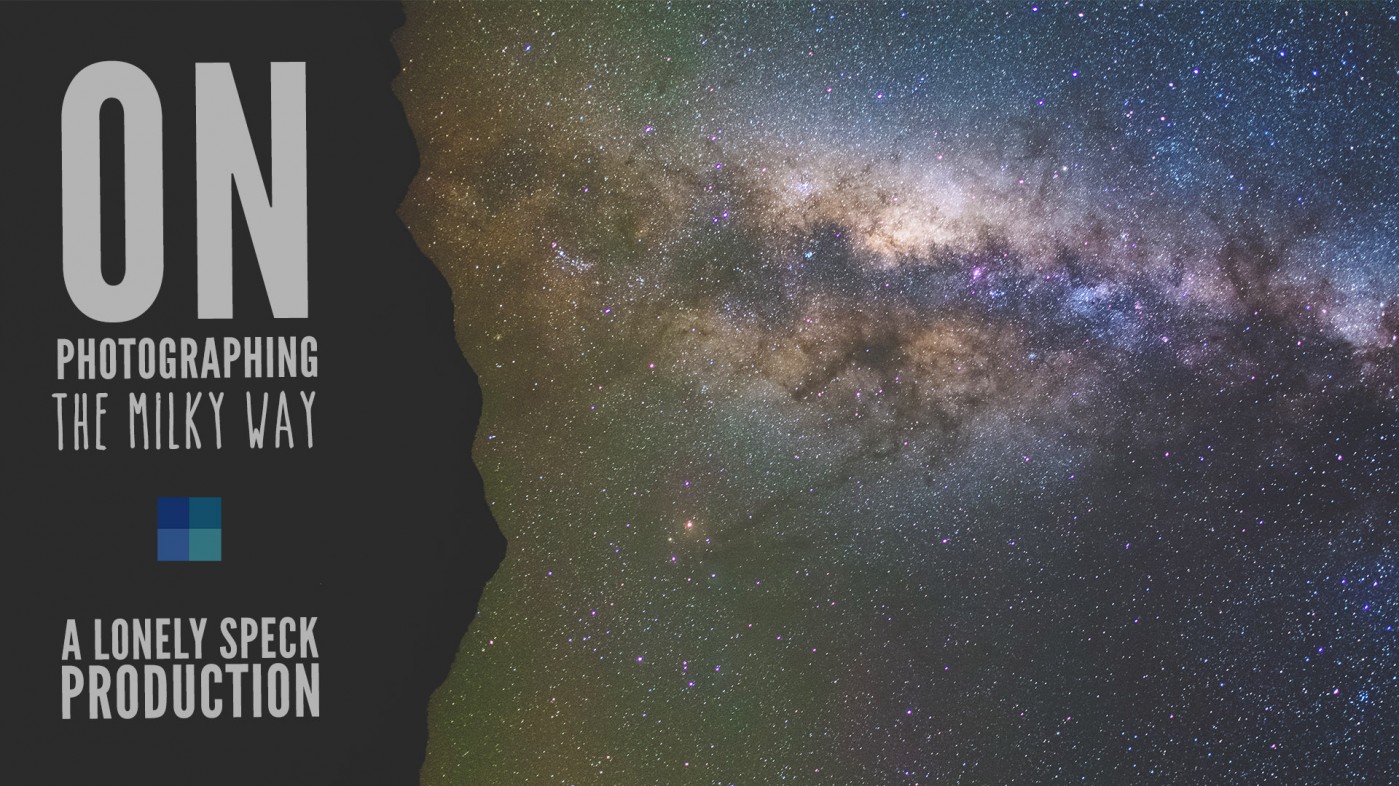

did u do any color grading to the video footage of the sony a7s ?
Yes! I shot in sLog (Picture Profile 7) and graded directly in Final Cut Pro X with the LUT Utility Plug In. and the “Film-Like1” LUT from Alister Chapman.
Wow. Stunning video. Ian could you provide some help? I’m just getting into astrophotography and have a question on a camera. The second photo in your article was shot with a Sony as7 with 12,800 ISO. The foreground is stunning. I take it that’s a factor of such a sensitive camera. Would the FujiFilm XT1 be able to give a comparable foreground on a similar ISO? I’d rather pay less for my camera but I want to be able to highlight foregrounds like your photo. It’s just a stunningly beautiful image.
Thanks for all your help Ian.
Larry W.
Larry, the X-T1 should be able to get something similar at ISO 6400. I pulled the image in post anyway so ISO 12800 was overkill. The more important factor in all this is the lens. I used a fast 24mm at f/1.4. To make something comparable, you’ll want to also use a comparably fast lens on the X-T1.
Since the XT1 isn’t a full frame, the 24MM would end up being something like a 36MM, if my calculation is correct. Do you see having the Xt1 as “giving up” some of the flexibility you’d have on wide angles versus the as7 by the nature it’s a full frame?
I guess what I’m really asking is that I’d like to buy 1 camera and know that I got one that will satisfy my needs [basic family photography, portraits, travel, travel landscapes, astrophotography & time lapse] for the next many years. I read your review on the XT1 and love all the creativity it gives. But after seeing your photo, I was concerned that I might need the as7.
My plan is to buy the XT1 with the Fujinon XF18-55MM f/2.8-4 lens for basic photography, and to help me learn the functions of the camera. For astrophotography, would you recommend the FujiFilm XF 16MM f/1.4 or is there a Rokinon with similar specs? I don’t mind spending a few extra dollars to get the right lens that will last a long time. Happy to buy it thru B&H Photo. I know your website takes a lot of time & effort….happy to support it.
PS – I also noticed that as the sun rose, the entire screen slowly faded to total overexposure [bright white light]. That was a fantastic effect. Because you were using such a high ISO?
Thanks again for everything. I’m really excited about this and believe I’m on the correct path that will really help my learning curve.
Larry, yes, the X-T1 gives up some field of view. Luckily the native lens offerings tends to be faster for Fujifilm than Sony so it all sort of evens out a bit. (Fujifilm: 23mm/1.4, 35mm/1.4 vs. Sony: 35mm/2.8, 55mm/1.8) That’s why I’m personally excited to try out the Fujifilm 16mm/1.4 when it is released. It should provide the light gathering of a full frame 24mm/2.0 which is pretty darn good. Sony will be releasing a 28mm/2.0 though so each might have something relatively comparable in their native lineup.
Something to keep in mind for comparison is that a lot of the shots I’m currently making with the a7S are using a lens designed for DSLRs, the Rokinon 24mm/1.4. That lens is HUGE on the a7S and is something that I reserve specifically for astrophotography because of its size. I absolutely love the performance it gives but it’s not as practical for a lot of other (daytime, walkabout) shooting. That’s where the X-T1 tends to make more sense as a whole system right now. It’s native lens offering is broader than Sony and everything is still pretty small.
Granted, Sony’s system is newer and they’re starting to announce some competitive glass. I hope to review their 35mm/1.4 and 28mm/2.0 when they are released. I think the Sony system will start to look a lot more complete in the next year as they (and Zeiss) release more lenses.
On the X-T1, the manual focus Rokinon 12mm/2.0 is probably my favorite lens. It’s equivalent to an 18mm on full-frame so that’s still nice and wide and has the aperture to be able to capture some nice clean photos. Until the Fujifilm 16mm/1.4 comes out, that’s still the best all around lens for astro on the X-T1.
For that particular sequence I used a single exposure through the entire timelapse (rather than ramping the exposure) so as the sun rose it blew out the shot to white. Certainly made for a nice transition. I actually prefer to make ramping shots if possible but it’s tedious without any sort of bulb ramping device as it’s necessary to babysit the camera, periodically check the exposure, and then adjust it, one step at a time.
Have you tried the Rokinon 24mm f/1.4 on the X-T1 with the Metabones Speed Booster? I
believe that this is equivalent to approximately a native 16mm f/1.0, but I am
uncertain about the optical performance of the Speed Booster, e.g., its comatic
aberration.
Alex K, I have not tried out the metabones speed boosters but yes, that would certainly be a great way to overcome the compromises of the smaller sensor. I’m not sure whether it would introduce any bad aberrations but the guys at Metabones know what they’re doing so I think it might actually be rather good. I’ll put it on my growing list of gear to review.
Thank you for all of the information and advice. I still have not decided between the X-T1 and a7S, but hope to one day achieve at least a small fraction of the truly amazing work that you do.
I have learnt too much with your tutorials. Congratulations Ian.
Best regards
Luis Romero
https://www.flickr.com/photos/llromero/
Thanks Luis!
Now that you have been using the a7S for a while, how would you compare its high ISO long exposure performance to that of the 6D? I understand that the dark current on the 6D is so low that no dark frames are required in most cases. On the other hand, the dark current and amplifier glow may be quite high on the a7S. Have these been an issue in your work? If so, then is the very high ISO manual focusing capability the only advantage over the 6D?
I haven’t ever had amp glow become a factor in still shooting. It’s visible on video if you push really high ISOs. Between the two, they’re both very similar in overall performance. The big advantage of the a7S for me is the focusing and framing capability and the video quality.
I am in the US, but currently in Australia the a7S body is going for approximately 2000 AUD or 1750 USD with a bonus Metabones or A-mount adapter, which is a total discount of up to 1150 USD off the US retail price, depending on the cost of the adapter. I wonder whether this deal is worth the risk and loss of the 1-year warranty.
If you know it’s from a reputable source it might be worth it. Sounds a little bit like too good of a deal to be real though, I would be skeptical before jumping on it.
This deal is available from most stores because it is a combination of two official Sony promotions:
Deal Link 1
Deal Link 2
The first promotion ends today but has appeared before. The second promotion is ongoing. I believe that there are no duties for importing into the US, but there are use taxes, depending on the state. Of course, the warranty and adapter redemption apply only in Australia, so one needs a proxy there.
looks like a good deal to me.
Would you happen to have any dark frames of the X-T1, a7S and 6D at perhaps ISO 6400 and 30 s to 30 min exposure (without long exposure noise reduction) that you would be willing to post? I have not seen such a direct comparison anywhere.
Hmmmmm I’ll see what I can dig up….
Great video and timelapses. That one on the road, what unit did you use for that? It looks like a pretty long move forward. Also, really great job on exactly following the milkyway. It seems you always know EXACTLY where the milky way is going to be and exactly plan the timelapse shot to follow the milky way. Great job again.
Albert, that long shot moving down the road was a manually created hyperlapse sequence. Just a camera and a tripod and a lot of patience!